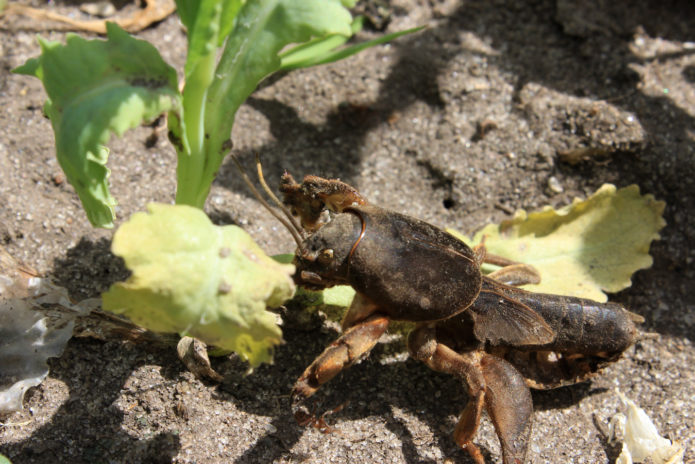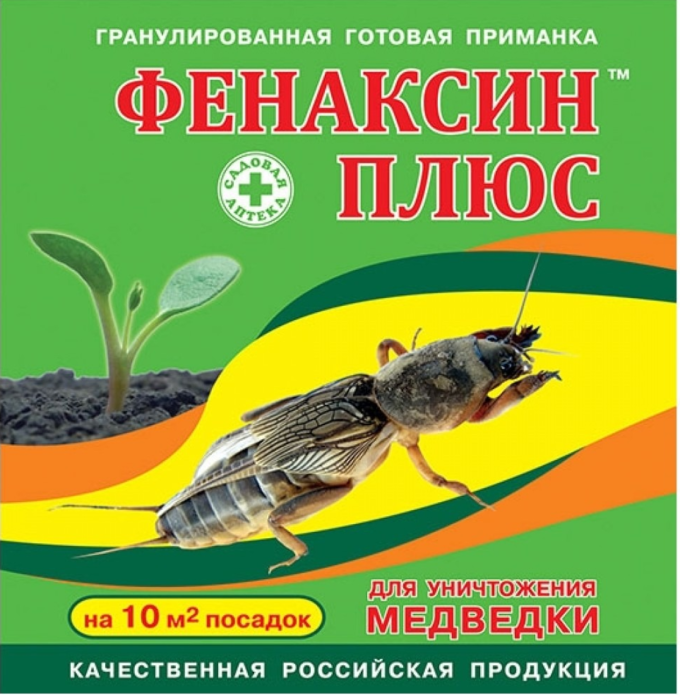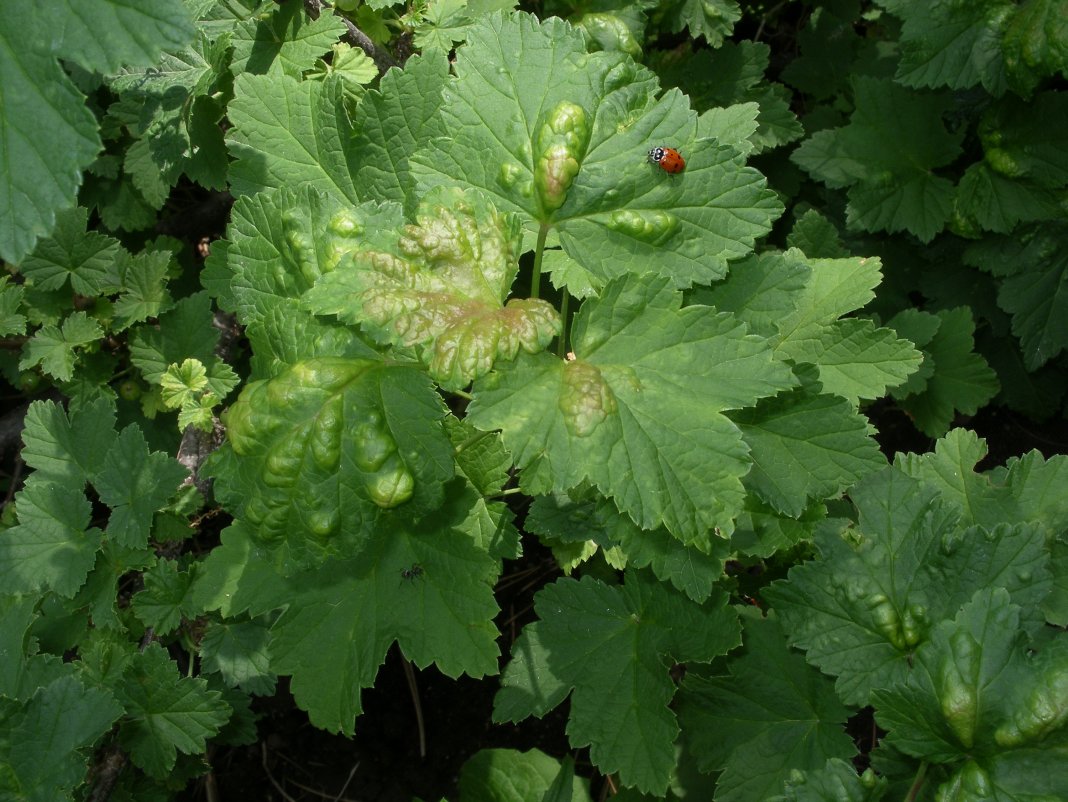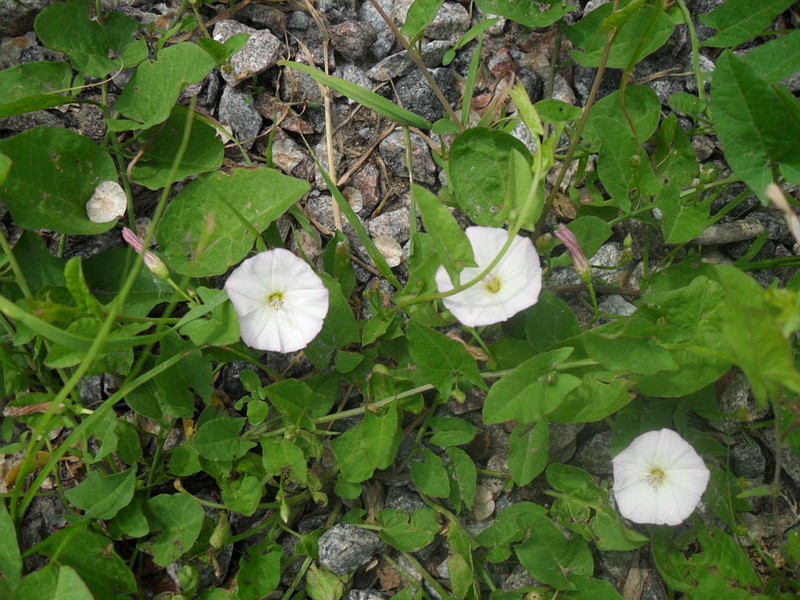Medvedka on a personal plot or in a greenhouse is an extremely unwanted guest. Due to the peculiarities of behavior, it poses a serious danger to the crops grown, and the destruction of the pest is a rather troublesome business for every farmer.
What is a bear: photo and description of the insect
Medvedka ordinary (cabbage, top, earthen crayfish) is a brown insect of the Medvedok detachment, leading a predominantly underground lifestyle and appearing on the surface at night. It reaches 5 cm in length with an abdominal diameter of about 1 cm. It independently digs holes in which it lives, with wide forelimbs that look like pincers. Adults can fly, so they quickly move and settle in any area suitable for them.
The bear breeds in May by laying eggs in underground passages, from which after a few weeks larvae appear, outwardly very similar to adults, but unable to fly. The larvae reach maturity in 2–2.5 years, after which they themselves can produce offspring.
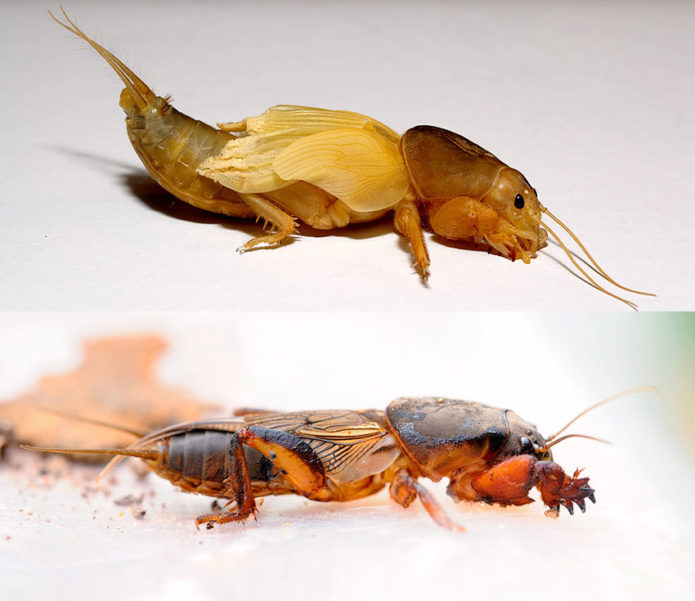
To the question of which group of animals the bear belongs to, there is a simple answer: type Arthropods, class Insects, order Orthoptera
The bear hibernates underground, burrowing to a depth of about 1 m, as well as in rotting compost and manure heaps, where the temperature is higher in winter.
What harm does the garden and plantings in the greenhouse
Medvedka is thermophilic, prefers warm, moist and loose soil, while avoiding too dry or swampy places. That is why hotbeds and greenhouses are its favorite habitat - in spring, a favorable temperature regime sets in earlier, which is stable at any time of the day. In the open ground, the bear appears a little later, but even there it is a danger to domestic crops.
The harm of the bear lies in the fact that they feed on the underground parts of cultivated plants:
- cabbage,
- tomato,
- strawberries,
- salad,
- pepper,
- cucumbers,
- potato tubers.
In addition, the insect gnaws at the roots when laying underground passages, which can also cause significant damage to plants. When breeding in large numbers, this insect can destroy a significant part of the seedlings on the site.
What is the most effective time to deal with a bear
If the bear has multiplied on the site or in the greenhouse in large numbers, then you will have to fight it all year round. The most favorable time for its breeding is spring and autumn.
In the spring, the bear breeds, therefore, timely destroyed adult insects will not be able to produce offspring, which will significantly reduce the pest population on the site.
In autumn, the larvae and adults leave for the winter, which also creates good prerequisites for collecting as many insects as possible in one place and subsequently destroying them.
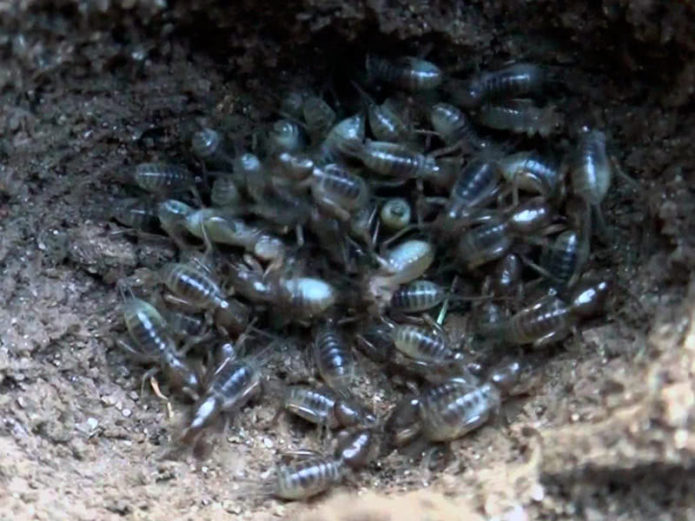
At the end of May and during June, the aisles are loosened 2-3 times to a depth of 10-15 cm, while the dug out eggs and larvae die.
The most effective in the fight against the bear are complex approaches - when at different times they resort to certain methods of struggle.
Traditional methods of struggle with the help of improvised means: step by step instructions
Traditional methods, despite their apparent simplicity, are quite effective when applied in a timely manner.
Compost traps
This method is used in spring in mid-May and in autumn before the onset of frost in summer cottages - during the breeding and wintering period of the bear. You need to do the following:
- On the territory of the site, dig holes 50x50x50 cm in size.
- Fill the holes with manure.
- After 2 weeks (in the autumn period - with the onset of frost), select manure, which is an ideal place for wintering the bear and equip breeding nests, from the pits and scatter it over the site. In the frost, the larvae and adults will freeze; in the spring, it will be necessary to manually destroy the adult insects and clutches of eggs.
The method is especially effective when used in conjunction with the owners of neighboring plots. Otherwise, the bears can gather from neighbors into prepared traps and only increase the infection of the site.
Pouring holes with soapy water
This method is effective throughout the summer. If bear burrows are found, you can make the insect appear on the surface in the following way:
- Dissolve 100 g of laundry soap or 50 g of washing powder in a bucket of water.
- Pour the resulting solution into the holes of the bear.
- After a while, the insects will come to the surface, after which they must be manually destroyed.
Cans traps
Many insects are attracted to certain odors. The bear is no exception, for which you can build the following traps:
- Pour 1/3 of a few half-liter cans with beer (you can use honey dissolved in water).
- Dig in the cans so that they are level with the ground.
- Cover with a board, leaving an entrance for the insect.
- Periodically inspect the traps and remove the caught bear.
What chemistry can be used to get rid of the pest
The use of chemicals refers to radical methods of struggle - it is advisable to resort to them in cases when a bear has divorced in large quantities on a personal plot. The following drugs are most popular:
Aktara 25 WG
Preparation for the treatment of the root system of plants. Use like this:
- Dissolve 1.5 g of the drug in 1 liter of water.
- Soak the plant roots in the prepared solution for 1.5 - 2 hours at a temperature of + 18 ... 23 ° C.
- Plant treated plants in soil.
Phenaxine plus
Poisonous granules, pleasantly smelling for a bear, are placed as follows:
- In places where the insect accumulates, make grooves 3-5 cm deep.
- Pour granules there at a distance of 30-40 cm.
- Cover the top so that the pellets cannot be accessed by animals and birds.
Prestige 290 FS
Preparation for the treatment of seedling roots. Use this way:
- Dissolve 100 ml of the preparation in 10 l of water.
- Soak the roots of the seedlings for 6-8 hours in the prepared solution.
- Plant seedlings in the ground.
Prevention in autumn and spring
The following preventive measures will significantly reduce the likelihood of a bear on the site:
- In late autumn, with the onset of frost, deep plowing of the site is mandatory, in which the bear cubs buried for the winter will find themselves on the surface and die.
- Sheets of slate or corrugated board can be dug in along the perimeter of the greenhouse to a depth of 50–70 cm in order to prevent the bear from entering the greenhouse.
- In the open field, plant seedlings in tubes 15 cm high, cut from plastic bottles and dug in so that they rise a few centimeters above the soil.
- When planting seedlings, put a clove of garlic in the hole - its smell is unpleasant for the bear.
- Along the perimeter of the greenhouse, lay a rope dipped in kerosene, the smell of which the bear also avoids.
- Place the shoots of garlic or mint between the rows of planted crops, periodically changing them to fresh ones.
- Fertilize the cultures with a solution of chicken manure.
- Water the culture infused for 4–5 days in water with onion husks in a proportion of 1 kg of husks per 10 liters of water.
The decisive factor in the fight against the bear is the timely detection of its appearance on the site. Only in this case it is possible to preserve the harvest and effectively fight the pest.
